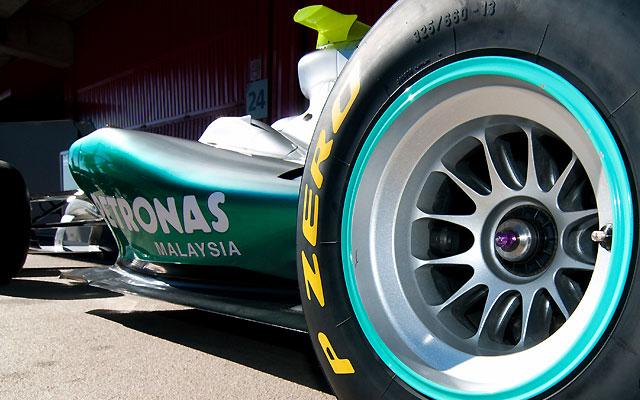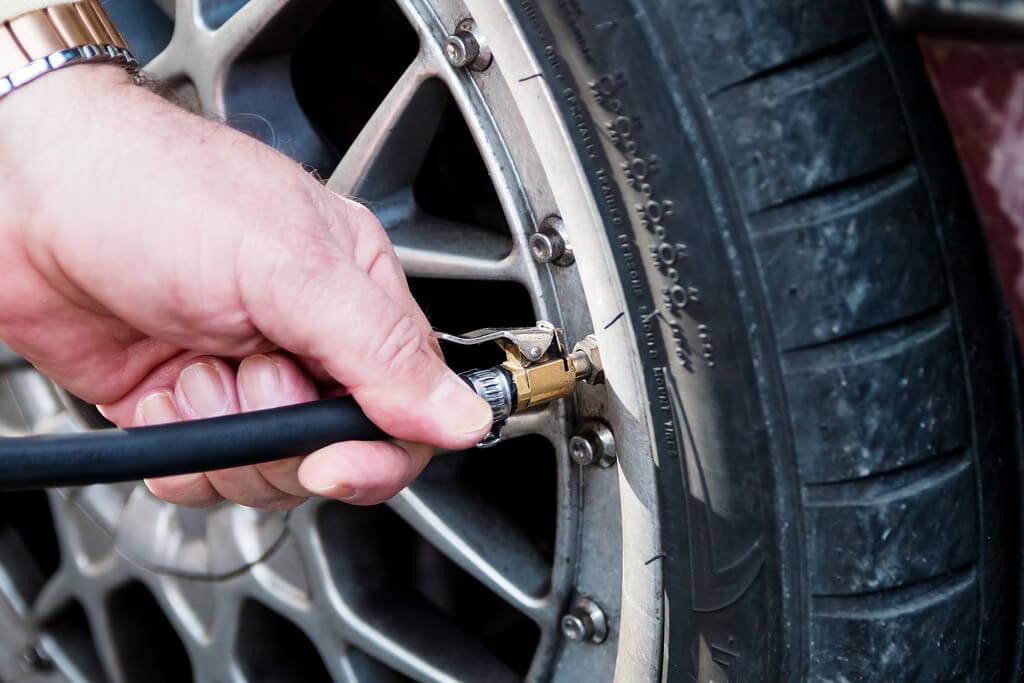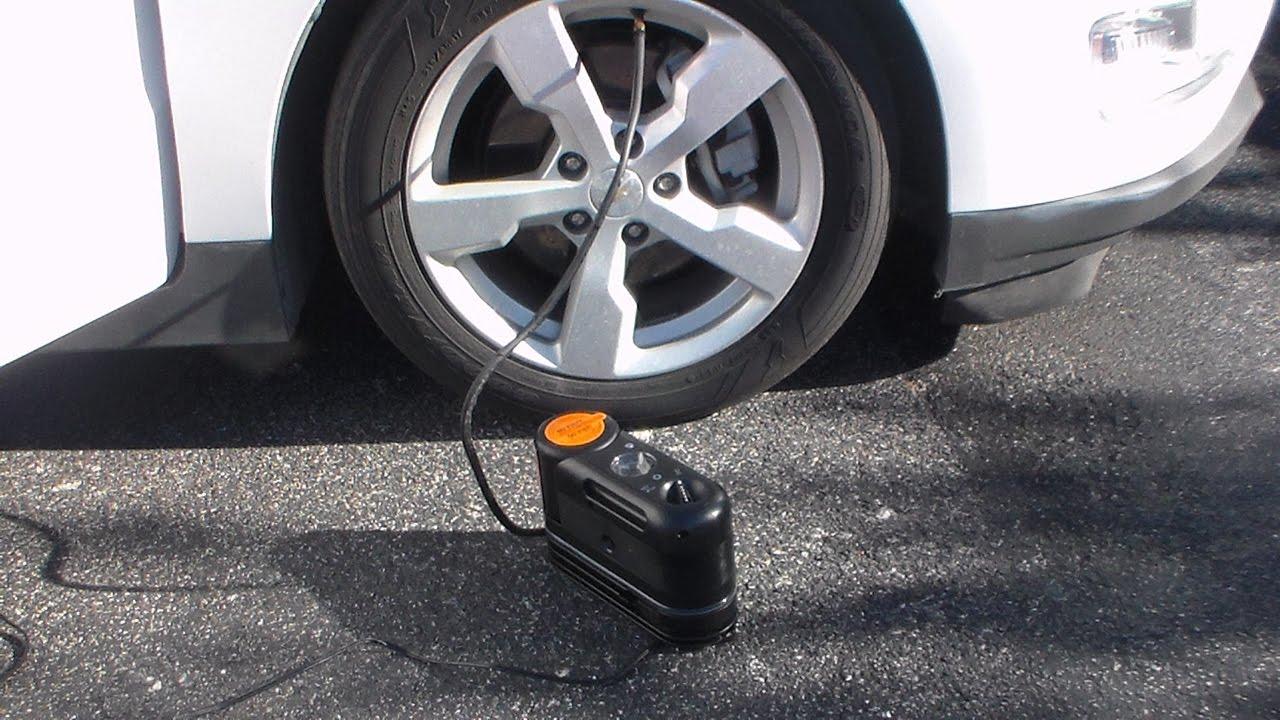The trend that some tire service centers have been following for a couple of years is the service of inflating tires with pure nitrogen. They claim it to increase the tire life and reduce corrosion but the beneficial effects are yet to be proven beyond doubt. The question may come into mind can you mix air and nitrogen in tires? Will the mixture affect the tire pressure monitoring system? Let’s find the answers.
Contents
Can You Mix Air and Nitrogen in Tires?
The air is already 78%-80% nitrogen although it has to be at least 93% in a tire to call it nitrogen-filled. Normally, specialized nitrogen with a purity of 93 – 95% makes many people believe that it is better for tires than normal air. And “yes”, there is no risk in mixing nitrogen and air in tires. You can pump air in nitrogen tires and vice versa.
Does it compromise the car’s tire monitoring sensor? Not really. The sensors only measure the pressure of the compressed gas. No matter what type of gas you use, there will be no difference in their performance.
What Are the Benefits of Nitrogen Tires?
The nitrogen-filled tires arguably provide the following benefits:
1. Better retention of tire pressure
A tire loses pressure over time and changes in temperature accelerate this process. For every 10 degrees up or down in the temperature will cause the tire to lose 1 psi. Compared to oxygen, nitrogen has a large molecular size, so it can stay inside the tire for a long time, reducing the risk of air escaping. Therefore, an inflated tire containing up to 95% nitrogen will maintain a more stable pressure than a regular tire. It can be said that Nitrogen is more stable and its rate of seeping through the tire walls is slower than the oxygen. It actually retains the pressure well but the difference is only 1.3 psi for air-filled tires.

2. No fluctuation of pressure due to condensation
The air has a portion of water in it. When the tire heats up, the water converts into gas and increases the tire pressure. As the nitrogen is dry, there will be no pressure fluctuation. However, the fluctuation between air and nitrogen is not significant.
The same reason why nitrogen is thought to be effective in preventing wheel rot. However, it is not a problem with modern cars because they have alloy wheels that show no chemical reaction to the water inside the tires.
3. Better fuel-efficiency
For each 1 psi drop in all four tires, a car’s gas mileage decreases by 0.3%, according to the EPA. It means that underinflated tires affect the fuel economy. Since nitrogen tires lose pressure at a slower rate, they are the better options for fuel efficiency.
Can You Mix Air and Nitrogen in Tires and Reap All the Benefits?
Mixing air with nitrogen in tires won’t yield the same results as nitrogen-filled tires. You can still reap some benefits since the ratio of water and oxygen will be less than a tire that is filled with only air.
The only way to retain the benefit of the air-nitrogen mixture is to fill up the tires with regular air and then top up with nitrogen every time they get deflated. In this way, air will be completely removed from the tires at one point. Just topping up with nitrogen one or two times won’t cut it.
Read more:
Is Nitrogen-Air Mixture Worth It?
Can you mix air and nitrogen in tires? Yes, you absolutely can. Is it worthwhile? Not that much!
You should go for if you are an F1 driver or take part in racing competitions. With the help of high-performance nitrogen-filled tires, you will be able to shave off a few valuable seconds off your lap time.
If you are just a regular driver, nitrogen tires won’t bring much difference. Also, there are a few inconveniences of using nitrogen:
It is expensive. The tire shops that offer the nitrogen-filling service charge $5 to $7 per tire. It is highly expensive compared to the air-filling in the gas stations where the service is free or up to $0.75 for all four tires. If you check the tires once a month, you will end up spending $60 to $84 per tire while air-filling will be free or $9 to $10 for all tires.

Unavailability of top-up stations: Only a handful of tire shops offer the nitrogen-filling service. It means that you have to be in a line to inflate the tires. It could take a while if it’s a busy day. In addition, if you have to fill up with regular air for some reason, it will dilute the nitrogen in the tires, which will wear off the benefits.
Weighing the performance enhancements and other facilities against cost and convenience, it seems that filling the tires with nitrogen or a mix of nitrogen and air is not worth it for everyday driving. You can spend that money on a tire pressure gauge. Regular checking of tire pressure and keeping them inflated at the correct pressure will ensure their longer lifespan and improve the car’s performance.
Check out the video to see Nitrogen Vs Air in tires
Additionally, Consumer Reports conducted a study (lasting 12 months) using 31 different tire models to test nitrogen efficiency. Technicians inflated car tires with 95% pure nitrogen and normal air into two tires of the same type. Each tire is inflated to 30 PSI at room temperature. The results showed that both had reduced tire pressure. The average loss of air-inflated tires is usually 3.5 PSI, while this figure for nitrogen tires is 2.2 PSI. The researchers estimate that although nitrogen slows down the tire pressure reduction process, this number is not significant. Moreover, if drivers don’t check the tire pressure regularly when inflating the car with the air does not ensure safety during operation.
Can you mix air and nitrogen in tires? Yes. Shall you go for it? Think twice and read the argument again!




Good write-up…clear and easy to understand….
Typo, next-to-last last paragraph…dolute?
You may alter or delete my reply after correcting the typo……